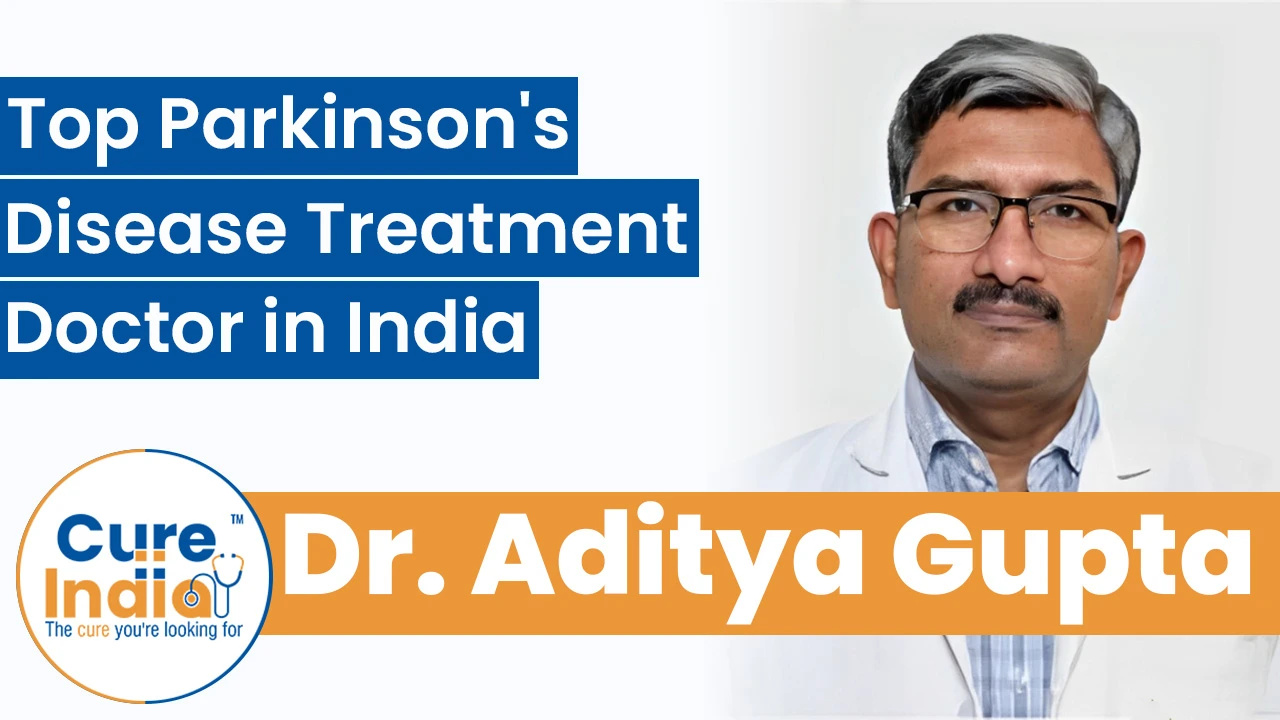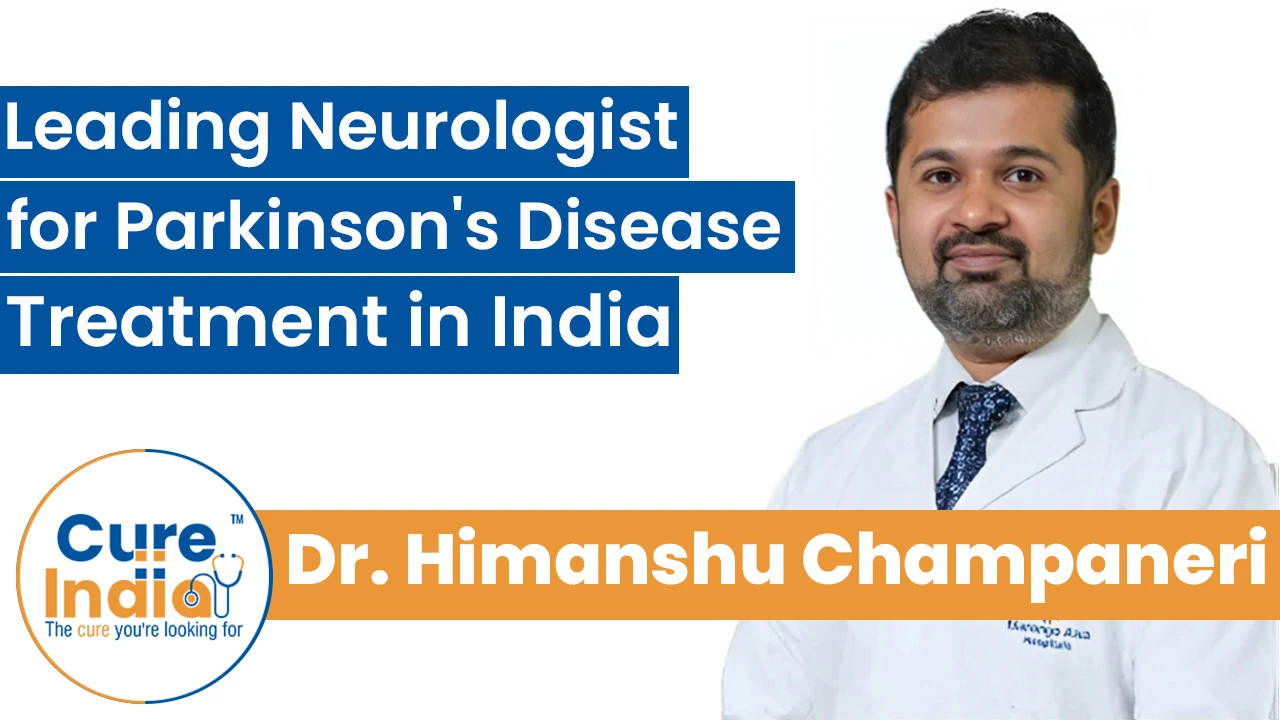

Parkinson's is a progressive neuro disorder that affects the movement of a patient. Some symptoms that accompany Parkinson's disease, include restlessness, rigidity, and trouble with coordination and equilibrium. Parkinson's is a disease that affects both sexes. However, some studies have shown that males are more likely to get it. It's not obvious why, but researchers are looking at what can raise someone's risk. Age is a risk factor: Only approximately 5 percent to 10 percent of those with Parkinson's acquire the condition before age 50. Evidence suggests certain kinds of Parkinson's disease may be traced back to particular gene alterations in the early stages.
However, medicines may help alleviate some of the symptoms of Parkinson's disease, which cannot be cured. In certain cases, your doctor may recommend that you have surgery to improve the symptoms you're experiencing and control particular sections of your brain.
Understanding the illness and its development is the first step in living effectively with Parkinson's.
Understanding that the substantia nigra neurons of persons with Parkinson's disease begin to deteriorate far earlier in the illness's progression is critical to understanding the onset of symptoms. Patients with Parkinson's disease have aberrant alpha-synuclein accumulations in their substantia nigra neurons, known as Lewy bodies.
People with Parkinson's disease may be diagnosed sooner and get more targeted therapy if scientists can uncover biomarkers for the condition. Presently, there is no treatment for Parkinson's disease that slows or halts the course of the condition. Parkinson's symptoms may be movement-related or movement-unrelated. Non-motor symptoms affect people with Parkinson's disease more than motor ones. These include apathy, sadness, constipation, sleep difficulties, and loss of smell and cognition.
Debilitating signs and symptoms of Parkinson's disease may not appear for years or even decades. The grading system for Parkinson's disease was developed in 1967 by two medical professionals. People no longer utilise the staging approach since it is less useful than assessing how each person's life is affected by this ailment and treating them appropriately.
Parkinson's disease seems to be caused by a mix of hereditary and environmental factors, according to researchers (PD). PD is a condition with a wide range of symptoms. Although Parkinson's affects everyone differently, there are some similarities. About one million americans and ten million others across the globe have Parkinson's disease. Dopaminergic neurons of the substantia nigra, a brain region, are mostly absent from the brains of persons with Parkinson's disease (PD).

10 to 15% of Parkinson's patients are genetically predisposed to the disease. Scientists have researched the DNA of Parkinson's patients for many years, correlating their genes. They found scores of alterations in genes that were associated with Parkinson's disease.
Genome-environment interaction may be highly complicated. Certain environmental factors may reduce the chance of Parkinson's disease, while others might raise it. As a result of PD, environmental risks include head injury, pesticide exposure, and many other issues.
Genetic, environmental, and behavioral factors all contribute to Parkinson's disease. A complex interplay of three factors causes Parkinson's disease.
There may be a delay of many years between the onset of some early Parkinson's symptoms and the appearance of motor impairments. An early indication of Parkinson's disease is tremor:
There is currently no one test that can definitively diagnose Parkinson's disease. The patient's medical history, a physical exam, a neurological exam, and a study of the patient's symptoms and indicators are used to arrive at a diagnosis.
Imaging tests such as a CT scan or MRI can exclude the possibility of other illnesses being present. It's also possible to utilize a DAT scan. Although the results of these tests can not definitively prove that a patient has Parkinson's disease, they may assist exclude the possibility of other diseases and provide credence to the physician's diagnosis.
Your medical team will personalise your Parkinson's disease treatment in India following your specific needs. An interdisciplinary approach to treating your disease is essential. This might involve anybody from your primary care physician to an occupational therapist or psychologist to an on-staff dietician or physiotherapist. Parkinson's disease has no known cure, although the following treatments may help manage the symptoms.

Drugs for Parkinson's disease aim to enhance the brain's dopamine levels. As a tablet, injection, or tube into the gut, they may be administered in various ways. Medicines have varied effects on different people. You may have to try many medications before finding the one that works best for your specific case of Parkinson's disease.
If you suffer from constipation, a high-fiber diet of fruits, vegetables, and grains might help alleviate symptoms. Consume enough omega-3 fatty acids as part of a well-balanced diet.
Workplace adaptations, flexible schedules, and frequent medication adjustments may all help you continue to work safely and efficiently without compromising your health. It's up to you whether or not you notify your boss. Australia prohibits discrimination based on handicaps, so consider this when interviewing workers or future employees.
Surgery for parkinson's disease treatment in India can reduce the number of drugs needed by certain patients. Tremors and wiggling in the body may both be lessened with this treatment. In this procedure, electrodes are implanted into the portion of the brain that governs muscle action. The electrodes are attached to a generator inserted in the chest to provide electrical stimulation to the brain. The treatment is usually performed while you are conscious.
Not everyone is a good candidate for deep neural stimulation. If you're considering surgery, talk to your doctor first to be sure if it's appropriate for you.
The sexual desire, performance, and pleasure of people living with certain Parkinson's disease may be affected by the condition. In certain people, dopamine-substituting medications might lead to a sexual fixation. You may want to consult a medical expert or professional counselor if this cuses any negative effects.

CureIndia makes it easy to connect with the top specialists for Parkinson’s disease treatment in India. The experienced neurologists at CureIndia are highly skilled in diagnosing and managing Parkinson’s disease, with treatment plans that include medication, therapy, and advanced surgical options like deep brain stimulation. Let's hear from the leading Parkinson’s disease specialists in India.




Many African patients visit India every year for the treatment of Parkinson’s Disease. As the cost of Parkinson’s Disease treatment in India is lower than in the rest of the world, it makes people from other countries travel to India for premium medical treatment. Indian hospitals regularly keep upgrading and the surgeons in Indian hospitals are experienced with years of knowledge. For Parkinson’s Disease, the treatments like Lesion Surgery, DBS, Neural Grafting / Tissue Transplants, etc. are provided in Indian hospitals. Besides this, the new treatment approach that is the Stem Cell Approach is also included in most of the hospitals in India. The cost of Parkinson’s Disease Treatment in India is:
| Treatment | Cost |
|---|---|
| Parkinson’s Disease Treatment in India | 36000 USD |
A higher likelihood of getting Parkinson's disease has been linked to exposure to several environmental variables. These are the following:
Even though Parkinson's is terrible, some patients feel it is a death sentence. Parkinson's disease, unlike stroke or heart attack, is not an immediate killer. Many factors are at play here, including how well you're being cared for by your doctors and yourself. Your risk of falling may increase as the condition worsens, which may be deadly. Because of this, doing regular exercise and participating in physical treatment are vital.
Another issue that might arise is infection. Whether you have Parkinson's disease in its latter stages, you may not be able to tell if there is a problem until it's already too late. Make careful to get regular checks to avoid a potentially fatal situation.
So much progress has been made in the research and therapy of Parkinson's that the life expectancy of a person living with Parkinson's is now comparable to that of a healthy person. A person's life expectancy might vary greatly depending on their health decisions, such as their nutrition, exercise regimen, and whether they've previously smoked. As a result, for most people living with Parkinson's, the condition will not shorten their lives if they concentrate on controlling it and making good lifestyle choices.
It's important to remember that Parkinson's isn't always deadly when talking about how long people with the condition might expect to live. Having low amounts of dopamine does not always lead to death. If you have Parkinson's, you must know that the symptoms might create lethal adverse effects. Seniors with Parkinson's disease risk dying from falls, which may be triggered by symptoms such as tremors or weakening of the muscles. Late in the disease process, being bedbound might raise the risk of developing life-threatening blood clots or infections.
A senior with Parkinson's disease might greatly benefit from having a caregiver come to their house. Families should ensure that their elderly loved ones have access to the amenities necessary to preserve their freedom and enjoy good health before contemplating home care services for their family members.
Seniors may benefit from the assistance of reputable in-home care providers with routine activities such as cooking, bathing, and exercising, as well as motivation to adopt more healthful behaviors.
